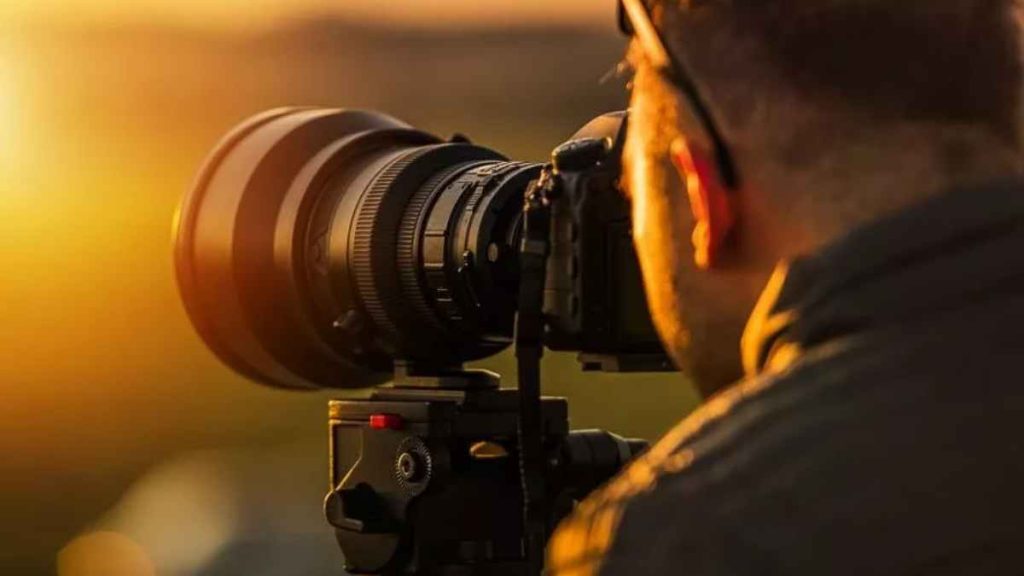Do you ever wonder how professional-shot photos are so much better than regular ones? Truth is, you can achieve the same level of quality without having to splurge on high-end camera equipment. Here are five ways to get the most from your camera lens.
Use a Lens Calibration Software
If you don’t have time to tinker with your camera and get the best settings, then you can get a lens calibration software to do the job for you. A camera tracking system will have a solution that involves getting the best optical lens picture.
A well-calibrated lens can mean the difference between a somewhat blurry shot to one that clearly has the subject in mind. You can even get your newly-acquired camera calibrated quickly so you can shoot photos sooner.
Manually Clean Your Lens
Don’t forget that your lens deserves some attention once in a while. A blurry or distorted image can come from a dirty lens. After all, it does gather dust and minute debris on its surface, and as a result, keeps all of the light from going inside.
Color accuracy can also suffer from a dirty lens. However, cleaning it should be fairly straightforward. Generally, you should follow the camera or device instructions in the manual on how to properly clean the lens. A quick wipe of a clean and dry microfiber cloth should be enough to remove dust and dirt from the lens’ surface.
Set to the Highest Image Quality
The first thing you should do when breaking in a new camera or smartphone is to change the image quality to the highest possible setting. Most of them will have the quality set at ‘medium’ to keep the file size low, but if you want great-looking images then this is a worthy trade-off.
You can try different image quality settings to see the result for yourself. As a way to offset the larger file size, you can get an external storage card or transfer it to a computer when it’s nearly full.
Improve Your Lighting
Lighting is a crucial part of great photography. As a rule of thumb, the more light the subject gets, the better the photo will be.
You will have several options to get more light, including natural or artificial lighting. Outdoors, avoid shade from trees and buildings- the sun should be positioned at the front or beside the subject you’re trying to shoot. Indoors, it’s best to turn all the lights, or open windows and curtains. Also, use flash whenever possible and add lighting equipment, such as a spotlight, ring light, or reflectors to get the proper illumination.
Say No to Digital Zoom
While digital zoom has evolved to become better, you should only use it if there are no other options. Instead, go ahead and move closer to the subject while keeping the focus and essential elements in mind.
In addition, you’ll have to be steady when taking the shot. Use a gimbal or tripod, and press the shutter multiple times so you can get multiple samples.

